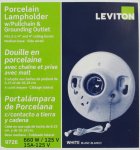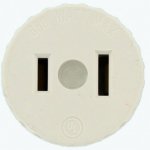billydrowne
Member
- Location
- Massachusetts
- Occupation
- electrician
I replaced a few two prong plugs, to three prong. put in two dual function breakers, one worked perfectly fine, and the other would trip whenever there was any kind of load introduced to the circuit. I wound up unplugging everything and unscrewing all the light bulbs on that circuit and the breaker would hold, if I reset a gfi, plugged in the fridge (or anything else) it would trip. I searched for Knicks, bad splices, found issues that I thought would cause this and fixed them with the same result. anyone got anything or ever run to something like this? this house was super old, was told it was built in 1910 and has some very old wiring, and new wiring.



